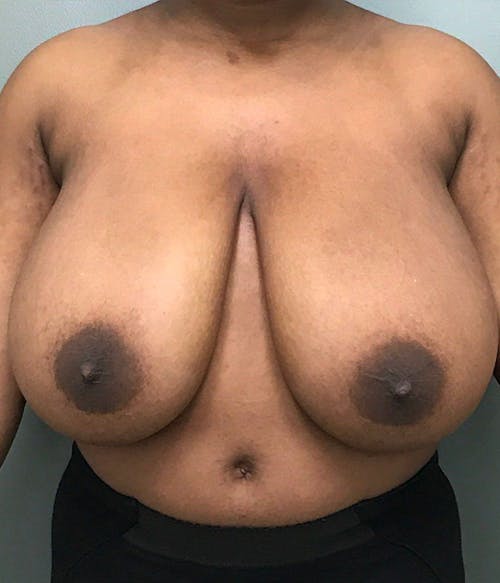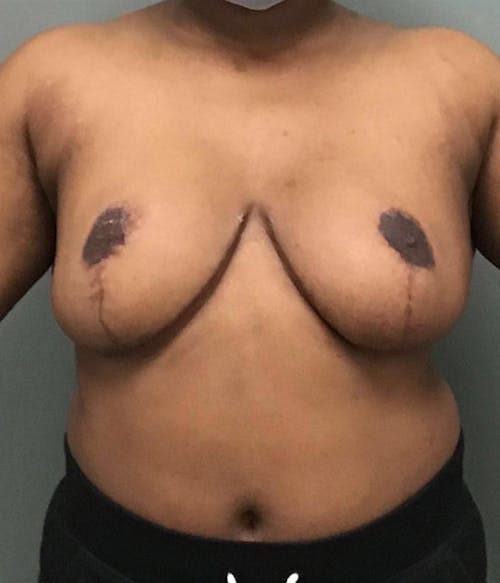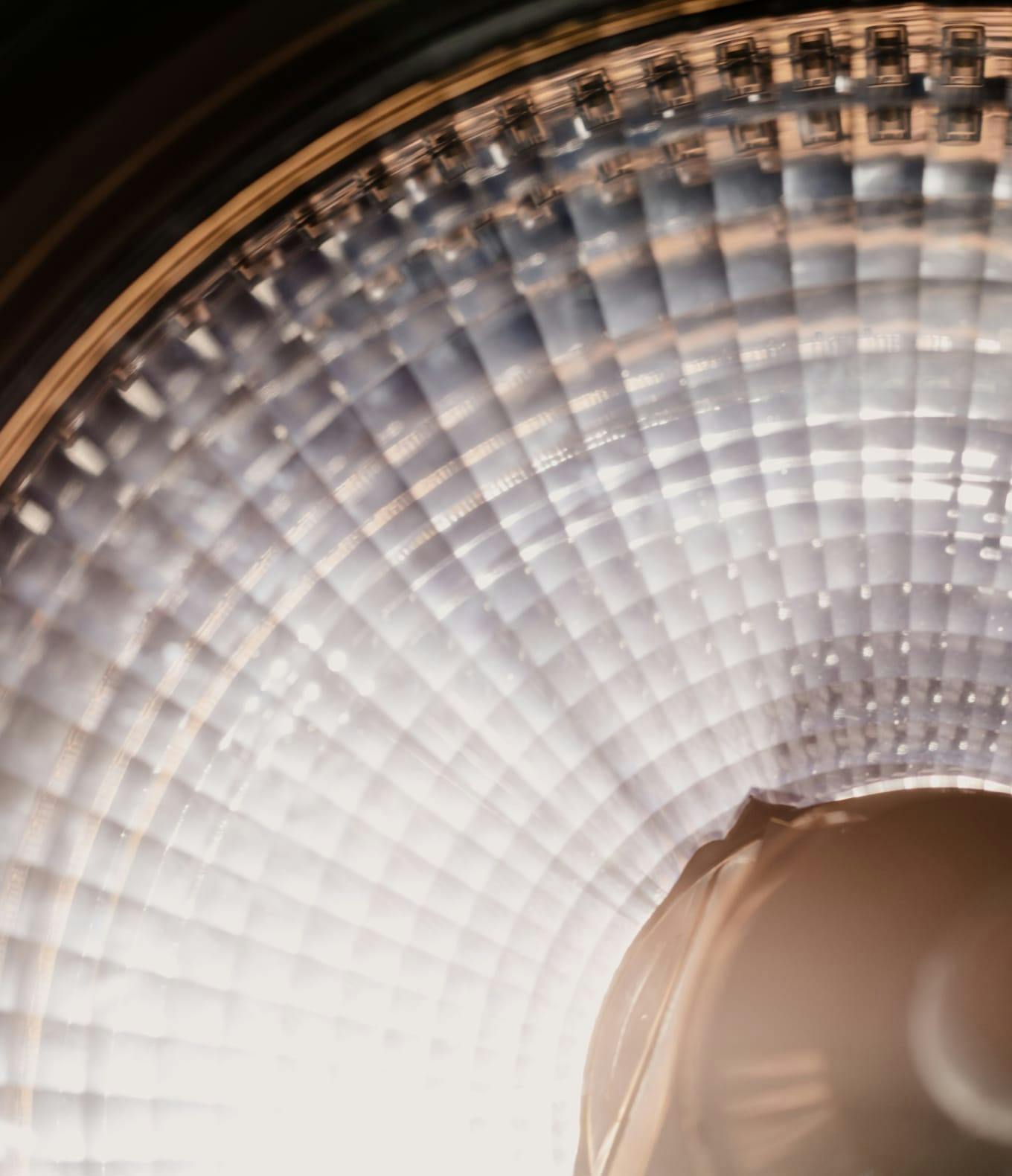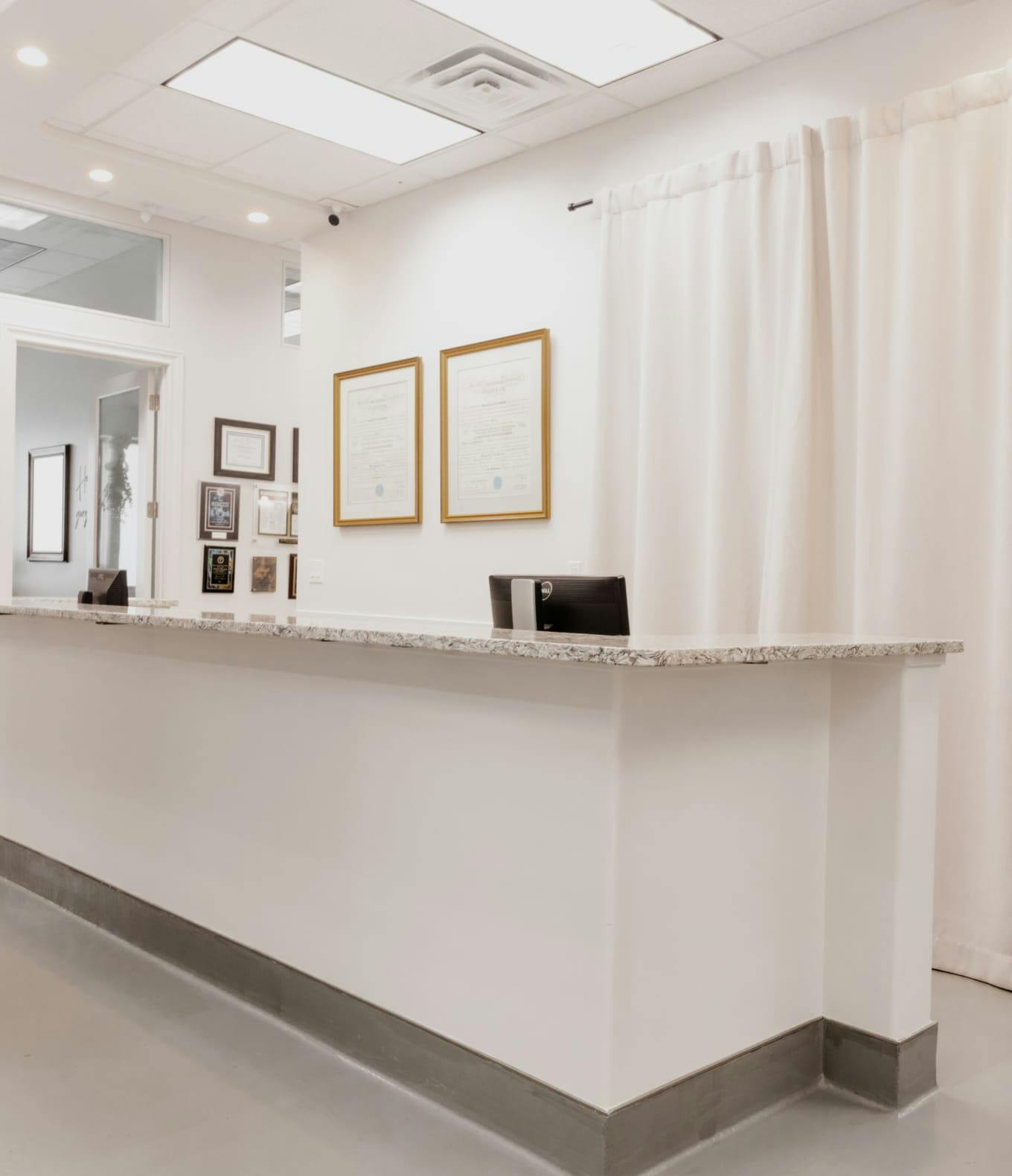Our breast reduction in San Antonio offers relief, comfort, and renewed confidence.
What is Breast Reduction?
Breast reduction is a surgical procedure designed to alleviate the physical and emotional burdens associated with excessively large breasts. We tailor each reduction to address your unique concerns, aiming to create a more proportionate and comfortable breast size. The procedure involves removing excess breast tissue, reshaping the breasts, and repositioning the nipples if necessary. Beyond the physical benefits, breast reduction is a transformative journey toward improved posture, reduced physical strain, and enhanced self-confidence, allowing individuals to free themselves from the limitations and discomfort associated with larger breasts.







